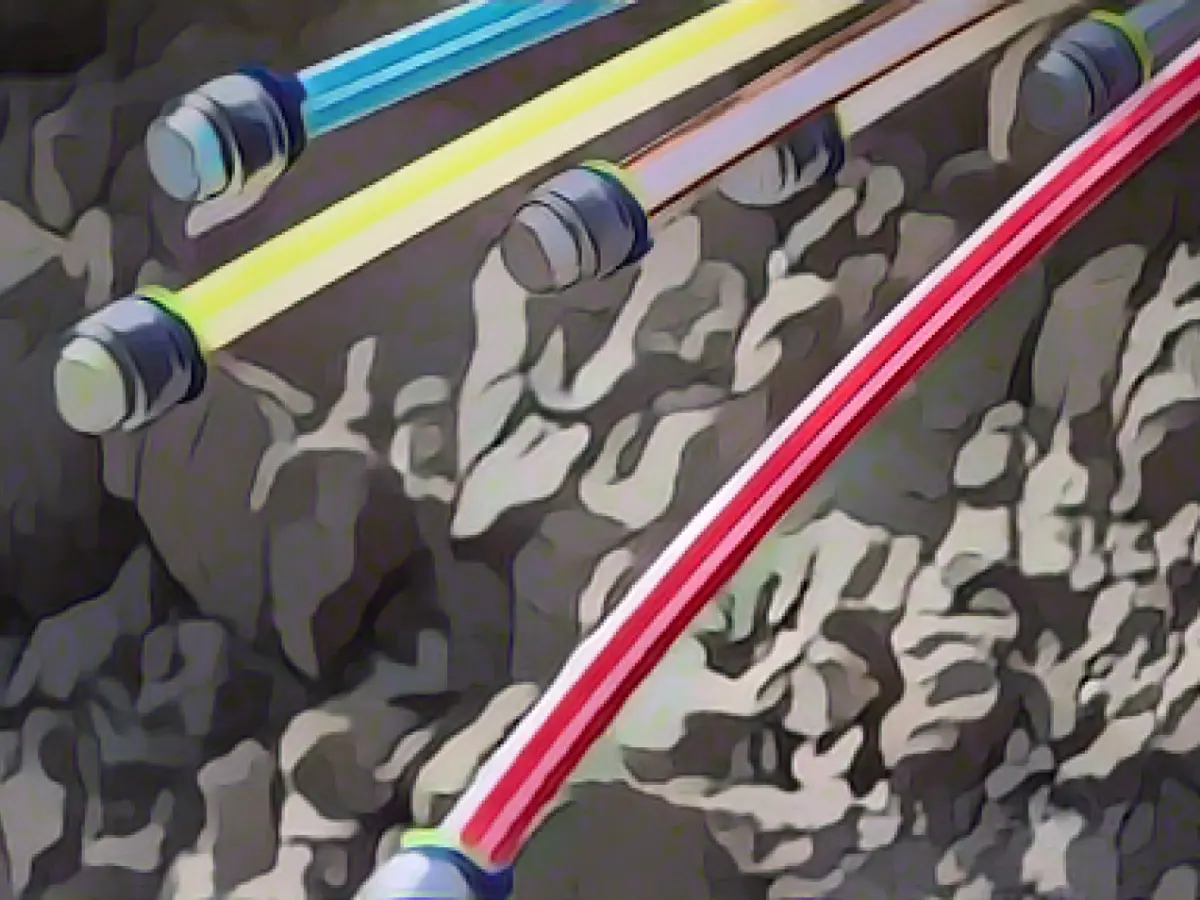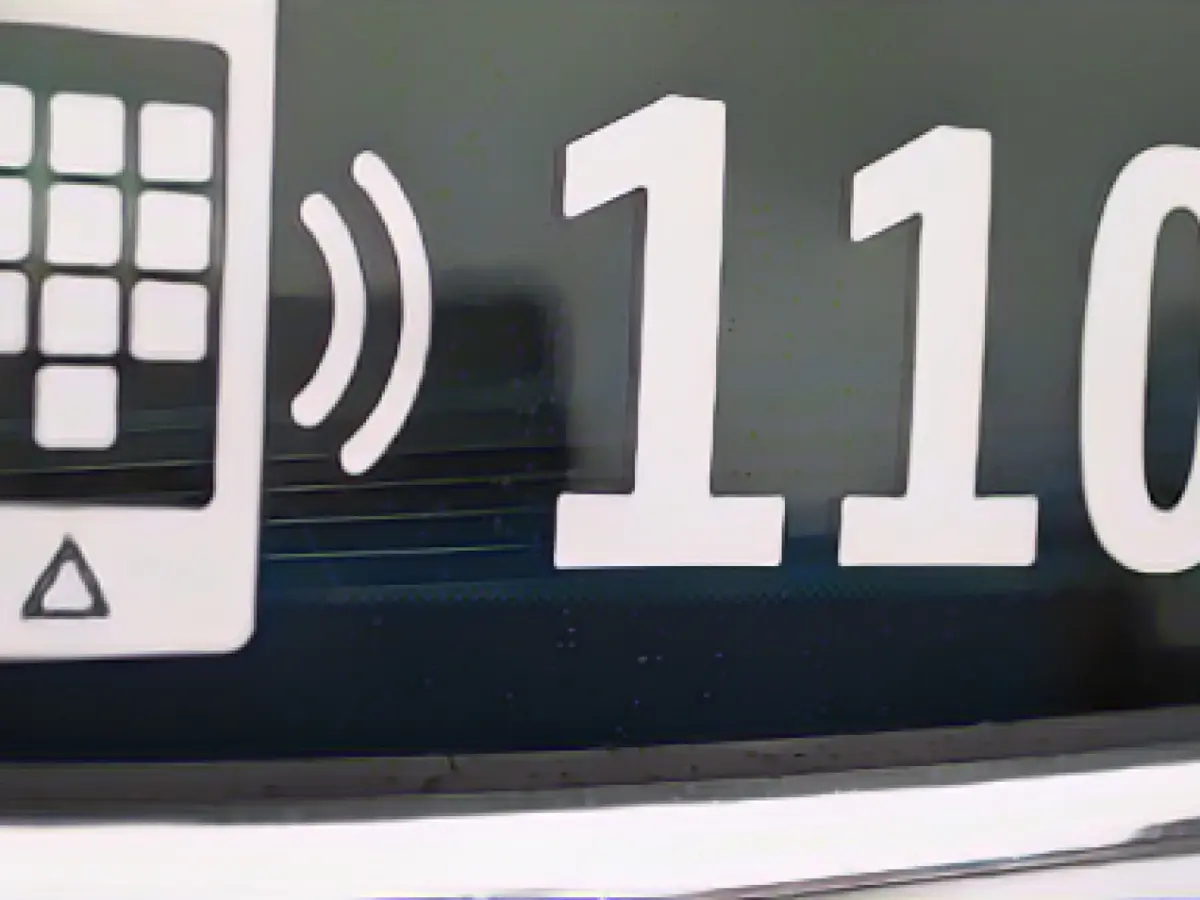Deutsche Telekom's Fiber-Optic Boost: Speeding Up Coverage Nationwide
Deutsche Telekom's aggressive push for fiber-optic networks has seen a significant increase in speed, with plans to reach over 8 million households this year - a major leap from the 5.5 million covered just one year ago. This marks an impressive expansion in over 3,500 cities and towns across Germany.
The company aims to hit a total of 25-30 million households by 2030, a testament to its commitment to improving internet infrastructure in the country. Telekom Germany CEO Srini Gopalan is optimistic about the company's progress, noting that while competitors are also focusing on fiber optics, Telekom is leading the charge.
Fiber-Optic: The Future of Stable and Fast Internet
Fiber-to-the-Home (FTTH) technology is considered the industry gold standard for delivering fast, stable internet. The German government backs this technology, aiming for nationwide fiber-optic coverage by 2030.
While traditional methods like DSL and cable connections suffer from fluctuations in speed and reliability, particularly during peak usage hours, FTTH technology offers a stable and blazing-fast alternative. This is increasingly important with rising data requirements due to high-resolution films, virtual reality applications, and online gaming.
Budget Constraints: Fiber-Optic Community Adoption Lags Behind Deployment
However, despite the clear benefits of fiber-optic technology, its uptake in Germany has been slower than anticipated due to budget constraints. While FTTH technology is expensive to implement in comparison to DSL and cable, it remains an attractive long-term investment.
As of now, only around 13% of the 8 million households with access to the Telekom fiber-optic network have opted to switch, a relatively low activation rate. Competitors like Deutsche Glasfaser, on the other hand, boast activation rates of nearly 30%.
Deutsche Telekom's Gopalan explains this discrepancy by attributing it to the rapid expansion in availability, leading to a lower initial activation rate. However, he remains hopeful that this percentage will rise in the coming years as demand for faster internet increases.
Big-Name Competitors: Vodafone and Telekom's Mobile Communications Progress
While Deutsche Telekom has been bolstering its fiber-optic network, its mobile communications division has also made impressive strides in the 5G rollout. The company's mobile network coverage now reaches 96% of German households, with the goal of reaching 99% by 2025.
Vodafone is currently playing catch-up in the 5G market after focusing mainly on television cable internet services for a long time. Though it has recently launched its own FTTH division through its subsidiary OXG, its 5G coverage still lags slightly behind Deutsche Telekom at a current 91%.
Where does Deutsche Telekom's Fiber-Optic Rollout Stand?
Deutsche Telekom has entered strategic partnerships and invested in infrastructure to accelerate its fiber-optic rollout. The company has partnered with IFM Global Infrastructure Fund and made a significant €0.9 billion investment with GlasfaserPlus GmbH.
These initiatives aim to build FTTH connections to 4 million households across rural Germany by 2028, furthering the nation's goal of achieving nationwide fiber-optic coverage by 2030. However, political and bureaucratic hurdles remain, such as difficult planning approvals and expensive construction cost increases.
As competition to provide fast, reliable, and future-proof internet connections heats up, Deutsche Telekom's fiber-optic expansion plans are a critical step towards staying ahead in the world of evolving technology.





